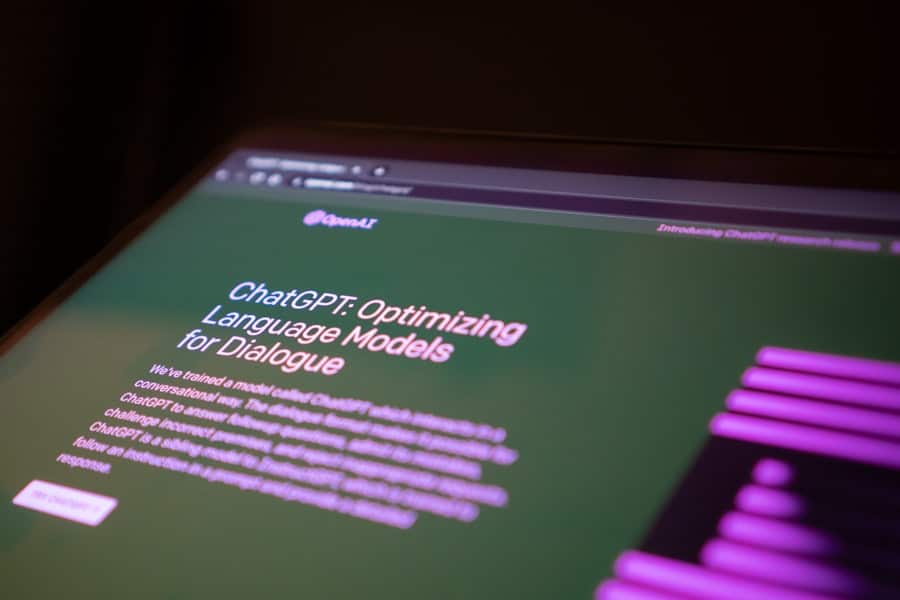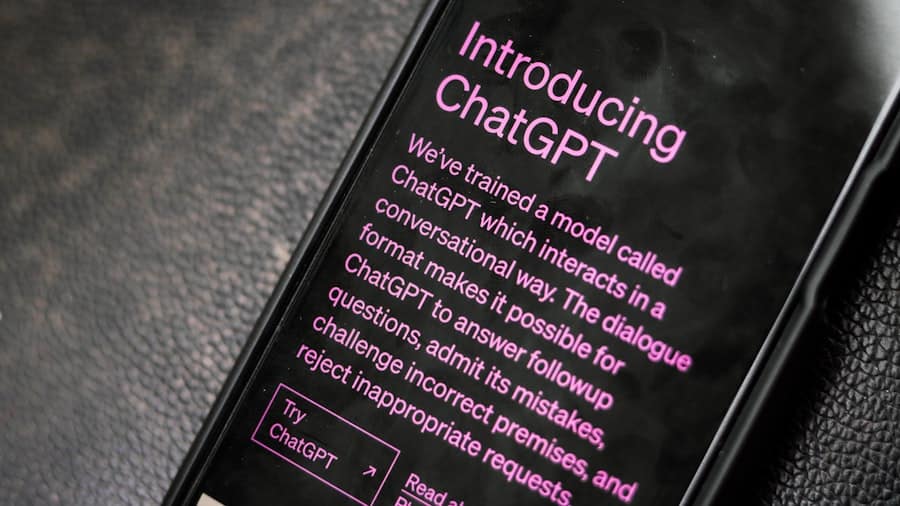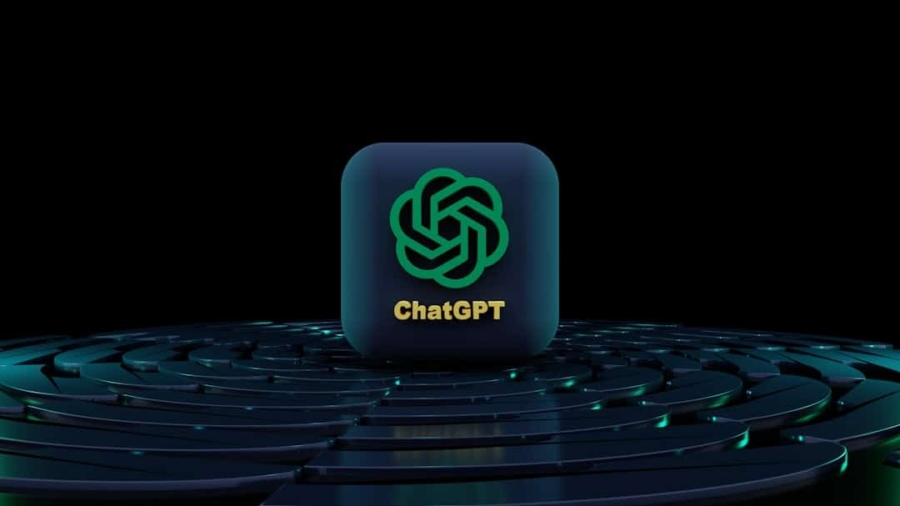In recent years, the integration of technology into educational institutions has transformed the landscape of student services. Among the most significant advancements is the emergence of chatbots, which are automated conversational agents designed to interact with users through text or voice. These digital assistants have gained traction in various sectors, and their application in student services is particularly noteworthy.
Chatbots can streamline communication, provide instant support, and enhance the overall student experience by offering timely assistance and information.
As student populations grow and the complexity of their needs expands, traditional methods of providing assistance—such as in-person consultations or lengthy email exchanges—can become cumbersome and inefficient.
Chatbots offer a solution by providing immediate responses to inquiries, thereby alleviating the burden on administrative staff and allowing them to focus on more complex issues that require human intervention. This shift not only improves operational efficiency but also fosters a more engaging and responsive environment for students.
Key Takeaways
- Chatbots are AI-powered tools that can simulate human conversation and provide automated assistance in various student services.
- Chatbots in student services can improve efficiency, accessibility, and user experience for students and staff.
- Chatbots can help answer frequently asked questions by providing instant responses, 24/7 availability, and personalized interactions.
- Successful implementation of chatbots in student services includes virtual assistants for admissions, enrollment, financial aid, and academic advising.
- Challenges and limitations of using chatbots in student services include privacy concerns, language barriers, and the need for continuous updates and maintenance.
Benefits of Chatbots in Student Services
24/7 Support for Students
One of the most notable advantages of chatbots is their ability to provide 24/7 support. Unlike traditional office hours, chatbots are available around the clock, allowing students to access information and assistance at their convenience. This is particularly beneficial for non-traditional students who may have work or family commitments that make it difficult to seek help during standard hours.
Timely Answers and Scalability
By offering continuous support, chatbots ensure that students can receive timely answers to their questions, regardless of when they arise. Another key benefit is the scalability that chatbots provide. Educational institutions often face fluctuating demands for student services, especially during peak periods such as enrollment or exam seasons.
Enhanced Student Satisfaction and Resource Allocation
Chatbots can handle a high volume of inquiries simultaneously, reducing wait times and ensuring that students receive prompt responses. This scalability not only enhances student satisfaction but also allows institutions to allocate resources more effectively. By automating routine inquiries, staff can devote more time to addressing complex issues that require personalized attention, ultimately improving the quality of service provided.
How Chatbots Can Help Answer Frequently Asked Questions

Chatbots are particularly adept at addressing frequently asked questions (FAQs), which often encompass a wide range of topics relevant to students. These may include inquiries about admission procedures, course registration, financial aid options, campus resources, and academic policies. By programming chatbots with a comprehensive database of FAQs, institutions can ensure that students receive accurate and consistent information without the need for human intervention.
For instance, a chatbot could be designed to guide prospective students through the application process by providing step-by-step instructions and answering common questions about deadlines and required documentation. Similarly, current students might use a chatbot to inquire about scholarship opportunities or to check the status of their financial aid applications. The ability to provide instant answers not only enhances the user experience but also reduces the volume of repetitive inquiries directed at administrative staff, allowing them to focus on more nuanced student needs.
Examples of Successful Implementation of Chatbots in Student Services
Several educational institutions have successfully implemented chatbots to enhance their student services, showcasing the potential of this technology.
Pounce has been instrumental in reducing summer melt—a phenomenon where admitted students fail to enroll—by providing timely reminders and information about necessary steps for enrollment.
The chatbot’s success is evident in its ability to engage students effectively and guide them through critical processes. Another example is the University of California, Berkeley, which developed a chatbot called “Ask Berkeley” to address student questions about campus resources and services. This initiative has proven beneficial in providing quick access to information about academic advising, mental health services, and housing options.
By leveraging natural language processing capabilities, Ask Berkeley can understand and respond to a wide array of student inquiries, making it a valuable tool for enhancing communication between students and the university.
Challenges and Limitations of Using Chatbots in Student Services
Despite the numerous advantages that chatbots offer, there are also challenges and limitations associated with their implementation in student services. One significant concern is the potential for miscommunication or misunderstanding between the chatbot and users. While advancements in natural language processing have improved chatbots’ ability to comprehend human language, they are not infallible.
Students may pose questions in ways that the chatbot does not recognize or may expect nuanced responses that exceed the chatbot’s programmed capabilities. Additionally, there is the risk of over-reliance on chatbots at the expense of human interaction. While chatbots can efficiently handle routine inquiries, they may lack the empathy and understanding that human staff can provide in more complex situations.
For instance, a student experiencing personal challenges may benefit from speaking with a trained counselor rather than receiving automated responses from a chatbot. Striking a balance between automation and human support is crucial to ensuring that students feel valued and understood.
Best Practices for Implementing Chatbots in Student Services

Conduct Thorough Research
It is essential to conduct thorough research on the specific needs and preferences of the student population. Understanding what types of inquiries students commonly have will inform the development of a comprehensive FAQ database that the chatbot can draw from.
Design with User Experience in Mind
Engaging with students through surveys or focus groups can provide valuable insights into their expectations for chatbot interactions. Another best practice involves ensuring that chatbots are designed with user experience in mind. This includes creating an intuitive interface that allows students to navigate easily through various options and inquiries.
Enhance Accessibility and Maintain Credibility
Additionally, incorporating features such as multilingual support can enhance accessibility for diverse student populations. Regularly updating the chatbot’s knowledge base is also critical; as policies and procedures change, ensuring that the chatbot provides accurate information will maintain its credibility among users.
Future Trends and Innovations in Chatbots for Student Services
The future of chatbots in student services is poised for exciting developments as technology continues to evolve. One emerging trend is the integration of artificial intelligence (AI) and machine learning capabilities into chatbot systems. These advancements will enable chatbots to learn from interactions over time, improving their ability to understand context and provide more personalized responses.
As AI technology matures, chatbots may become increasingly adept at anticipating student needs based on previous interactions or common patterns observed across user queries. Moreover, there is potential for chatbots to integrate with other digital platforms used by educational institutions, such as learning management systems (LMS) or student information systems (SIS). This integration could allow chatbots to provide real-time updates on course schedules, grades, or upcoming deadlines directly within their conversational interfaces.
Such innovations would further enhance the utility of chatbots as comprehensive support tools for students navigating their academic journeys.
The Impact of Chatbots on Student Services
The impact of chatbots on student services is profound and multifaceted, reshaping how educational institutions interact with their student populations. By providing immediate access to information and support, chatbots enhance the overall student experience while alleviating pressure on administrative staff. As technology continues to advance, the potential for chatbots to evolve into even more sophisticated tools for engagement and assistance will only grow.
While challenges remain regarding communication accuracy and maintaining human connection, adhering to best practices during implementation can mitigate these issues. The future promises exciting innovations that will further integrate chatbots into the fabric of student services, making them indispensable allies in fostering a supportive educational environment. As institutions continue to explore these possibilities, it is clear that chatbots will play an increasingly vital role in shaping the future of student services.
In addition to utilizing chatbots for student services and FAQs, educational institutions can also benefit from incorporating the right technology tools for students. One important tool to consider is a laptop, which plays a crucial role in a student’s academic journey. To learn more about how to choose the best laptop for students, check out this informative article here. Additionally, for students looking for a versatile device that can enhance their productivity, the Galaxy Book2 Pro 360 offers a range of possibilities. Find out more about this innovative device here. Lastly, for students working with large amounts of data, having the right software tools is essential. Explore the best software options for working with piles of numbers in this article here.
FAQs
What are chatbots?
Chatbots are computer programs designed to simulate conversation with human users, especially over the internet. They are often used to provide automated customer support or to facilitate interactions with users.
How do chatbots support student services?
Chatbots can support student services by providing 24/7 assistance to students, answering frequently asked questions, helping with course registration, providing information on campus resources, and offering personalized support for academic and administrative inquiries.
What are the benefits of using chatbots in student services?
The benefits of using chatbots in student services include improved accessibility and availability of support, faster response times to student inquiries, cost savings for educational institutions, and the ability to handle a large volume of inquiries simultaneously.
Are chatbots capable of providing personalized support to students?
Yes, chatbots can be programmed to provide personalized support to students by using data analytics and machine learning algorithms to understand and respond to individual student needs and preferences.
What are some examples of chatbots used in student services?
Some examples of chatbots used in student services include virtual assistants for course registration, academic advisors for course selection, financial aid advisors for student funding inquiries, and campus information bots for general campus information and resources.

